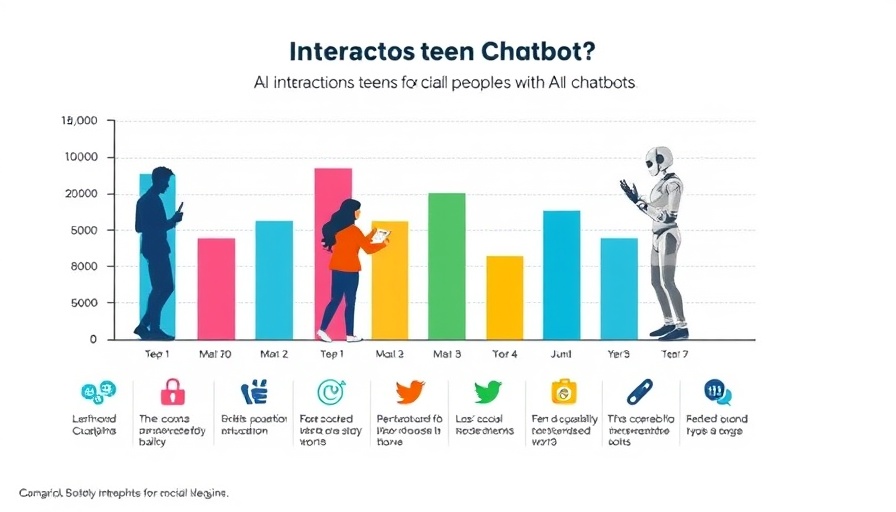
The Facebook Landscape: A Marketer's Paradise in 2025
As we navigate the digital marketing landscape of 2025, Facebook continues to stand tall as the frontrunner in the social media space. With over 3 billion monthly active users, it is vital for business owners, consultants, and coaches alike to leverage Facebook effectively for growth strategies. This article distills key insights and statistics that will empower marketers to optimize their Facebook strategies.
Who's On Facebook? Understanding the User Demographics
Facebook's robust user base includes a mix of demographics, although recent trends show a gradual shift. A significant 68% of American adults utilize Facebook, pointing to a demographic that commonly skews older. However, a noteworthy 20% of users still belong to the 18-24 age group. Marketers should not overlook young adults, as they remain an integral part of Facebook's ecosystem, primarily engaging through Marketplace, Groups, and Reels rather than traditional post formats. Businesses must adapt their content strategies to connect with these active users effectively.
Engagement Insights: What Content Works Best?
The engagement rate on Facebook hovers around 1.4%, significantly lower compared to platforms like Instagram or TikTok. However, not all content is created equal. Facebook albums boast the highest engagement rate at 1.6%, while simple status updates and link posts lag behind at just 1.3% each. Brands aiming for effective interaction should prioritize visually rich formats and focus on fostering community engagement through Groups, where up to 1.8 billion users seek advice and connections monthly.
Why Video is King on Facebook
With video content accounting for a staggering 60% of the time spent on Facebook, marketers can no longer afford to neglect this powerful medium. Facebook Reels, specifically, show an impressive engagement rate of 1.76% for medium-sized accounts – significantly higher than traditional posts. Incorporating videos into advertising campaigns can drive engagement, as surveys suggest that nearly half of the audience made purchases after watching a company’s video ad. To maximize effectiveness, businesses should produce concise, mobile-optimized video content.
The Advertising Power of Facebook: A Data-Driven Approach
Businesses spent approximately $135 billion on Facebook ads in 2023. Despite rising costs and privacy concerns, the platform still pulls in a significant amount of advertising revenue. But what makes Facebook ads so compelling? Statistics reveal that 70% of advertisers report Facebook ads as offering the highest ROI compared to other platforms. For marketers aiming for effective outreach, employing strategic ad placements, particularly Marketplace ads, can greatly enhance visibility and customer connections.
Crafting Strategies Based on Trends
In light of the current landscape, businesses should grasp the significance of understanding their audience. Whether adjusting posting times—like the peak engagement window between 4:00 and 6:00 AM on Saturdays—or leaning into specific formats such as Reels and engaging in Groups, these nuances can fortify social media strategies. Marketers must align their expectations with benchmarks to refine approaches continually and ensure they remain competitive in a dynamic environment.
Diverse Perspectives: The Future of Facebook
While Facebook grapples with the likes of TikTok and Instagram, it remains a pillar of social commerce and relationship-driven marketing. With predictions that Facebook will continue to be the best platform for eCommerce by 2025, marketers should monitor consumer behavior and adapt strategies accordingly. For instance, 38.5% of U.S. users are expected to make purchases on Facebook this year, promising significant opportunities for those willing to tap into the platform's potential.
Conclusion: Embrace the Opportunities
The wealth of data compiled in this article underscores one truth: Facebook remains an essential tool for marketers. Whether you are a small business owner or a consultant, utilizing Facebook effectively can yield dividends in terms of growth and customer engagement. As you refine your marketing strategies, focus on community enhancement and quality content that resonates with your audience’s preferences.
 Add Row
Add Row  Add
Add 


Write A Comment